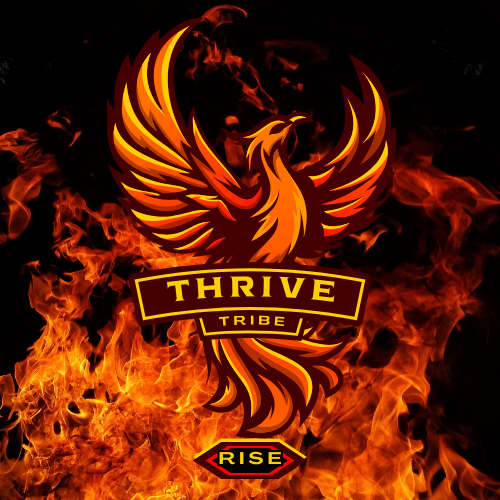Pull on those yoga pants, and let’s chat about what exactly a hip flexor strain is. So, hip flexors are these nifty muscles that allow you to lift your knees and bend at the waist. Imagine them as the bungee cords connecting your upper body to your lower body. A strain here happens when these ‘cords’ are overstretched or torn. It’s like when you overdo it during leg day and feel that unwelcome pain the next morning.
Now, let’s break down the different levels of strain. Picture this; there’s mild, moderate, and severe, like a spice scale but less fun. Mild might cause some aches, moderate steps up with sharper pains and might have you limping around, and a severe strain? That’s red alert, where pain is intense, and it might be almost impossible to move without feeling it.
So, who gets hit by these strains most often? Think athletes who push themselves day in and day out, or maybe office warriors who suddenly decide to sprint from desk to treadmill without a warm-up. Even those with the dreaded desk-job posture might find their hip flexors raising eyebrows in protest. Basically, if you’re popping off the couch after a binge session and jumping into a heavy workout, your hips might just send you a little too friendly reminder with a strain.
Identifying the Signs of Hip Flexor Strain
Feeling a pinch or a twinge in your hip after running, jumping, or maybe just a long day of too much sitting? Yep, that might just be your hip flexor giving a shoutout. The usual suspects—tightness in the front of your hip or groin area, a tender spot right where those hip muscles lie. You might even catch it causing discomfort when you’re trying to pull on those skinny jeans or hoping for that deep lunge in yoga class.
Now, let’s break down these signs so you don’t get them tangled with something else. Usually, strains start with a sharp pain that can mellow into a persistent dull ache. You might notice swelling or bruising along the hip or thigh, like your body putting up caution tape. Trouble lifting your knee to your chest or a sneaky ache when walking uphill? Yep, that’s the strain talking to you.
Sometimes, what you think is a friendly hip flexor nudge is another thing entirely. Other conditions, like a groin pull or maybe hip joint issues, can sound similar alarms. When in doubt, if the pain is sticking around despite your best TLC efforts, it’s time to ring up a pro—their expertise can pinpoint the issue and help you dodge unnecessary pain.
Ensuring a Speedy Recovery from Hip Flexor Strain
Alright, now that you’ve spotted the signs, let’s talk about bouncing back. First up: immediate action! Remember the trusty R.I.C.E method? Rest, Ice, Compression, and Elevation—the fab four of initial treatment. Stay off your feet, pack some ice on the sore spot, use a compression wrap to support the area, and prop your leg up. This can help cut down soreness and inflammation pretty quickly.
After you’ve done the initial care, it’s time to think about getting those muscles back in action—carefully, of course. Start with gentle stretches and basic mobility exercises. Imagine waking up stiff and groggy, you wouldn’t jump straight into a HIIT workout, right? Same logic applies here. Gradually increase intensity and keep the range of motion in focus.
If things aren’t smoothing out or you’re unsure which exercises to start with, don’t hesitate to get a professional involved. A physiotherapist can tailor exercises to your needs, ensuring you’re not pushing too hard, too soon. Sometimes, guided recovery is the safest route back to your active self.
Thinking long-term, prevention should be your best buddy. Incorporating regular stretches and exercises can strengthen those hip flexors, making future strains less likely to derail you. Consider it a friendly reminder to warm up properly before any intense activity, and maybe, just maybe, mix up that sitting position at work.
Lifestyle tweaks help too. Keep moving throughout the day to reduce strain from being sedentary, and don’t forget to hydrate. Your muscles will thank you. Making these tweaks part of your everyday groove can boost your hip health and keep discomfort at bay.
